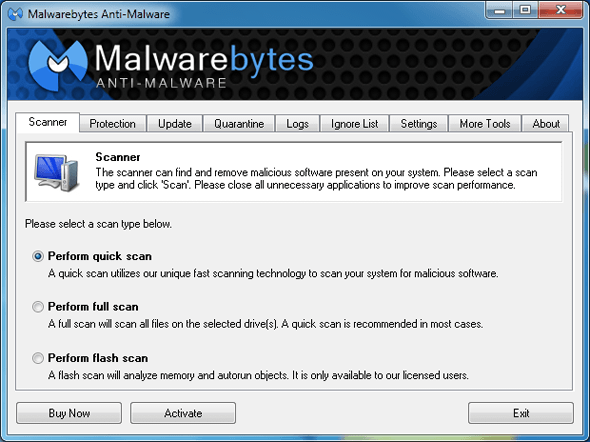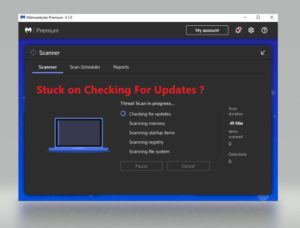


This script can be set to run on a schedule to monitor a system that has Malwarebytes Premium (3.x) for threats found during scans or real-time protection events. To confirm the install was completed correctly by Syncro, you can check the install date custom field on the asset. What happens after install?Īfter installation is complete those three custom fields you created for your Syncro devices should now be populated and you can utilize the other two scripts included in this integration. Now when you run this script on an asset, Syncro’s scripting engine will automatically pull the custom field for License into the script and use it to install. Once that has been set, you’ll want to edit your Malwarebytes install script to use this custom field as a script variable. For each asset you intend to install Malwarebytes on, go edit their custom field “Malwarebytes_LicenseKey” with the license key you intend to use for that asset. Platform variables pull from asset custom fields when the script is run. In the automated approach, we will take advantage of the scripting engine’s platform variables. The limitations to this approach are that you will have to manually input the license key every time you run the script. With this runtime variable set, when you go to run the install script, you’ll get prompted to manually input the license key for that asset: If you want to manually input the license key each time you run this script, what you will want to do is set a runtime variable in the Install script called LICENSE_KEY: Once everything is all set up and the scripts added there are two ways you can go about utilizing this install script with Syncro’s scripting engine. This script silently installs the latest version of Malwarebytes Premium (3.x) using the license key provided in the script variable $LICENSE_KEY and populates these Asset custom fields if they exist: You can view these by going to Admin->Asset Custom Fields->Syncro Device->Manage Fields This will also automatically create three asset custom fields needed for the integration. This will add all three Malwarebytes scripts to your account. Once all the Malwarebytes set up is complete, go ahead and select the "Setup" button in Syncro here: To get started with the Malwarebytes head to the Malwarebytes App Card under Admin > App Center.


Run and schedule a script that monitors a system that has Malwarebytes 3.6.X+ for threats found.Install Malwarebytes directly from Syncro.The scripts will be uploaded to your Scripting library in Syncro once the integration is set up. This integration utilizes Syncro’s robust scripting engine and adds three certified MBAM scripts to your account.


 0 kommentar(er)
0 kommentar(er)
